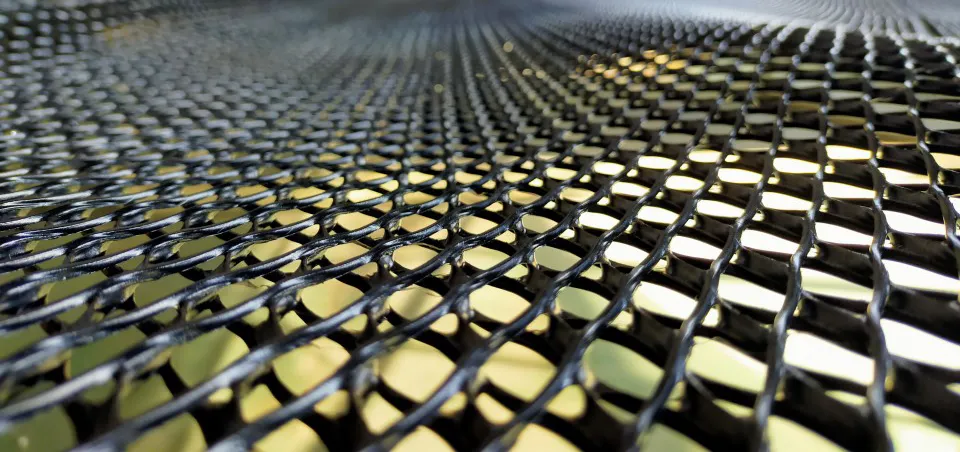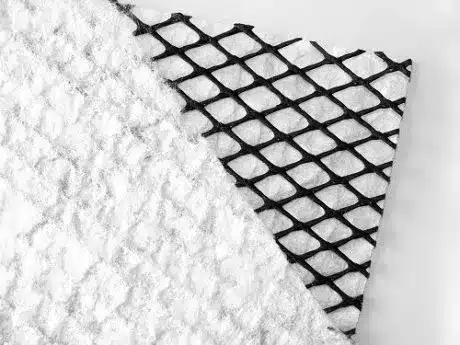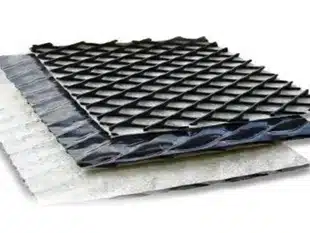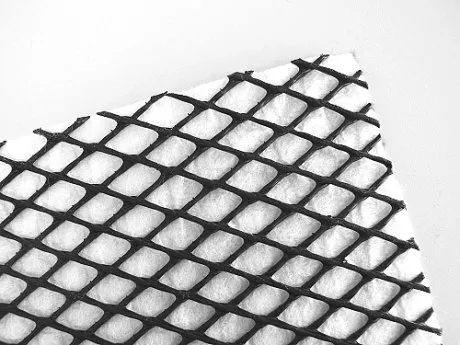The Essential Role of Composite Geonets in Drainage Systems and Soil Stabilization
Composite geonets stand as innovative marvels within geosynthetic engineering, offering multifunctional capabilities in diverse geotechnical applications. Comprising multiple layers intricately designed for optimal performance, composite geonets redefine the landscape of modern engineering solutions. These versatile structures serve as pivotal components in various civil and environmental projects, providing efficient drainage, soil stabilization, erosion control, and waste management functionalities. Their unique composition and adaptable properties make composite geonets indispensable in enhancing structural integrity, mitigating environmental risks, and ensuring sustainable solutions across a spectrum of engineering challenges.

What does composite geonet consist of?
Composite Geonet is a two or three-layer three-dimensional drainage geosynthetic product. It is an extruded three-dimensional bi-planar core and heat-bonded nonwoven geotextile on both sides or one side. The geonet is manufactured from high-quality polyethylene resin or virgin high-density polyethylene (HDPE), anti-UV, and anti-oxidant, processed by special extruding technology, with good drainage performance.
What are the applications of Composite geonet?
The versatile applications of composite geonets span various civil and environmental engineering endeavors, showcasing their significance in multiple areas:
- Drainage Systems: These geonets serve as effective components in drainage systems within construction projects, enabling optimal water flow. They play a pivotal role in mitigating soil erosion and preserving the structural integrity of diverse infrastructures such as railway systems, road foundations, and slope drainage.
- Landfills and Waste Management: Composite geonets are integral in waste containment strategies, functioning as a critical layer for drainage in landfills. They significantly contribute to enhancing leachate collection efficiency, thereby preventing contamination in landfill areas and adjacent zones.
- Soil Stabilization: Within civil engineering, composite geonets prove invaluable for stabilizing slopes, embankments, and roadways. They achieve this by enhancing soil drainage and fortifying the ground structure, crucial for maintaining the stability of infrastructure elements like railway systems and road foundations.
- Erosion Control: Employed extensively in erosion control applications, these geonets effectively curb soil loss and manage surface water runoff. Their application extends to filtration systems, where they aid in controlling and filtering runoff in various construction settings.
What are the different types of geocomposites?
Geocomposites encompass various types, each designed with specific characteristics and functions. Common types of geocomposites include:
- Geotextile-Geonet Composites: These combine geotextile and geonet materials to offer both filtration and drainage properties.
- Geonet-Geotextile-Geocomposite: This type integrates multiple layers of geotextile and geonet for enhanced filtration, drainage, and reinforcement.
- Geogrid-Geotextile Composites: Geogrids combined with geotextiles provide reinforcement and filtration capabilities suitable for road construction and soil stabilization.
- Geomembrane-Geonet Composites: These incorporate a geomembrane layer with a geonet for applications requiring high impermeability and drainage efficiency.
What is the difference between geotextile and geonet?
The primary distinction between geotextiles and geonets lies in their functionality and structure:
- Geotextiles: serve as permeable fabrics engineered for filtration, separation, and soil reinforcement, offering assistance in safeguarding and separating soil layers.
- Geonet: is a geosynthetic material consisting of integrally connected parallel sets of ribs overlying similar sets at various angles for in-plane drainage of liquids or gases. These three-dimensional structures, characterized by ribs and perforations, prioritize facilitating water flow and drainage within soil or constructions.
While geotextiles primarily focus on filtration and reinforcement, geonets emphasize drainage and flow control within various construction and environmental applications.
Composite geonets, combining the functionalities of both geotextiles and geonets, offer a versatile solution catering to diverse engineering needs, integrating filtration, reinforcement, and drainage properties in one material.

Composite geonets, a subset of geocomposites, represent a versatile solution within geosynthetic materials. These structures, comprising multiple layers, serve diverse purposes in various engineering applications. They are engineered to deliver enhanced functionalities that cater to specific geotechnical and environmental needs.



Comments
Post a Comment